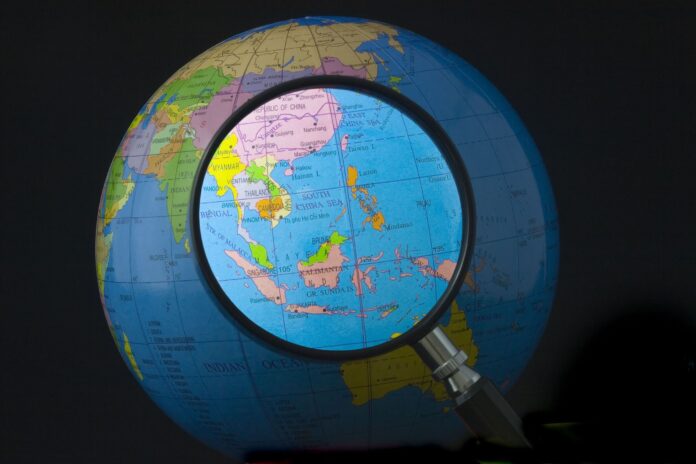LTE networks to reach 75% of the population in 2021
Mobile subscriptions in Southeast Asia and Oceania will exceed 1 billion by the end of this year, representing approximately 14% of global mobile subscriptions, according to a recent report published by Swedish vendor Ericsson.
Between 2015 and 2021, mobile subscriptions are forecast to grow at a compound annual growth rate of 4% in the region, reaching around 1.3 billion subscriptions by the end of the period. Total smartphone subscriptions in Southeast Asia and Oceania are expected to reach 350 million by the end of 2015. By the end of 2021, smartphone subscriptions are forecast to reach 850 million, which will represent a CAGR of 15% during the period.
According to Ericsson, W-CDMA/HSPA subscriptions will reach almost 450 million subscriptions by the end of the year, representing approximately 45% of all mobile subscriptions, up from 35% at the end of 2014. GSM/EDGE-only subscriptions are expected to decline from around 510 million in 2015 to around 160 million in 2021.
The Swedish company also estimates W-CDMA/HSPA will be the dominant technology in the region next year and will continue to maintain its leading position in 2021. However, it is expected W-CDMA/HSPA will start to decline in 2020. By 2021, LTE/”5G” technologies are forecast to have grown significantly to more than 500 million subscriptions.
By the end of 2015, LTE technology will account for 40% of total mobile subscriptions in Australia and 50% in Singapore. In both countries, this number will have increased to around 80% by 2018, according to the report.
W-CDMA/HSPA networks will cover 95% of the region’s population by 2021, while LTE networks will experience a rapid growth over the next six years, reaching over 75% coverage by 2021.
“Several developing markets in the region continuing or starting LTE deployments. Today, markets such as Thailand, Indonesia and the Philippines have started to commercially launch LTE networks and have contributed to today’s LTE population coverage of around 40,” the report noted.

